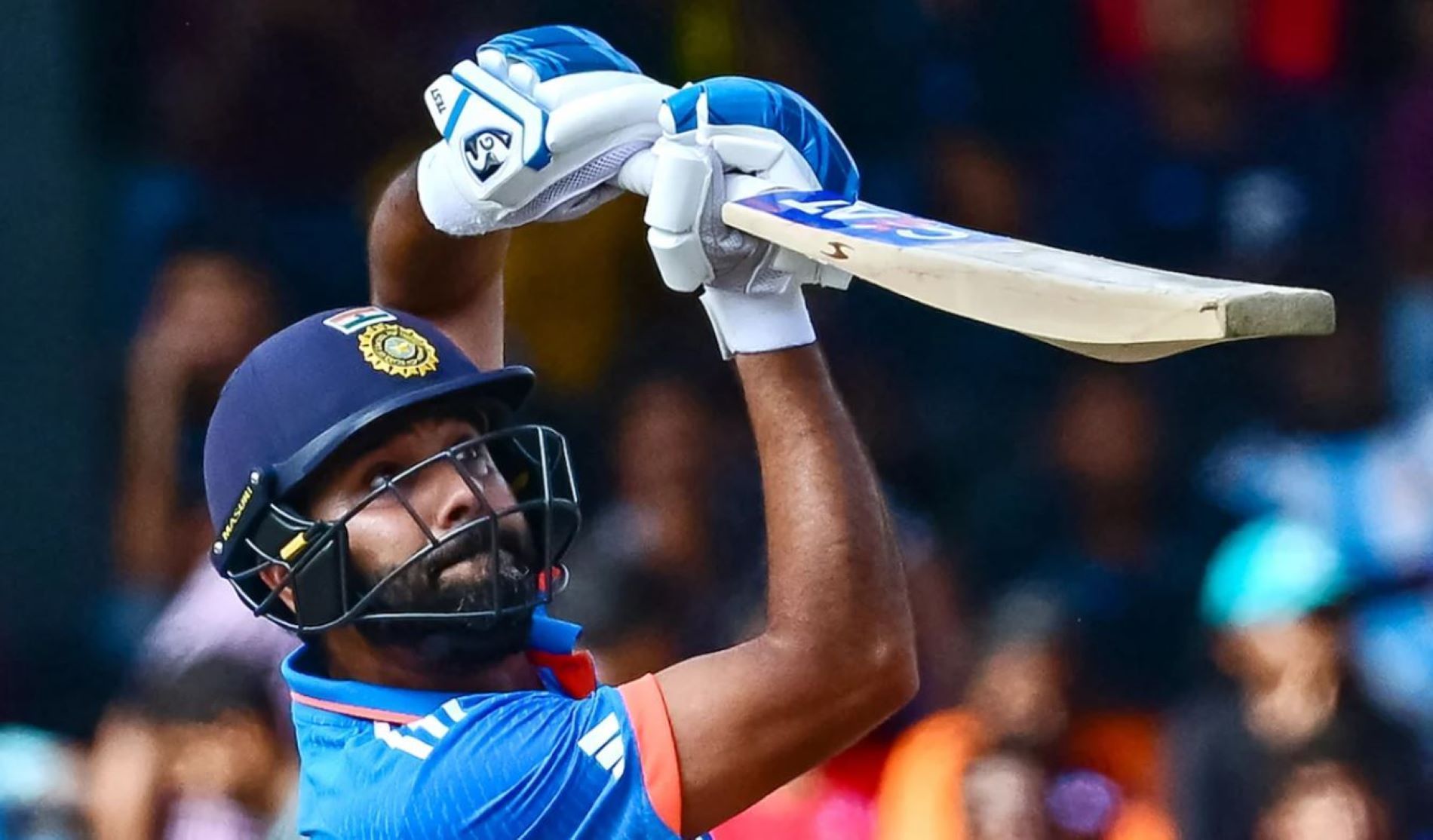
One of the slowest to 2k to 2nd fastest to 10k: Analyzing Rohit Sharma's rank at every 1000th run
Team India skipper Rohit Sharma etched his name in the cricketing record books by becoming the 15th overall and sixth Indian cricketer to scale 10,000 ODI runs.
The 36-year-old achieved this monumental feat in India's second Super Four clash of the 2023 Asia Cup against Sri Lanka in Colombo on September 12. Rohit also became the second fastest all-time to the landmark (241 innings) behind teammate Virat Kohli, who achieved it in an incredible 205 innings.
With a sensational career ODI average of almost 49 at a strike rate of 90.27, including 30 centuries, Rohit is among the most revered batters in the world. The stylish batter is also the only cricketer to smash three double-centuries in the 50-over format and has the record for the most centuries in a single edition of the World Cup (2019) with five.
While he has established himself among the modern greats, Rohit endured a journey to the top that was far from smooth.
Following his debut in ODIs in 2007, the Indian skipper stuttered for consistency during his initial few years before a resurgence saw him become one of the most celebrated batters in cricket history.
As we revisit Rohit Sharma's journey to the top of the mountain, let us see where the champion batter ranked at every 1000th ODI run.
First 2,000: A shockingly dismal beginning
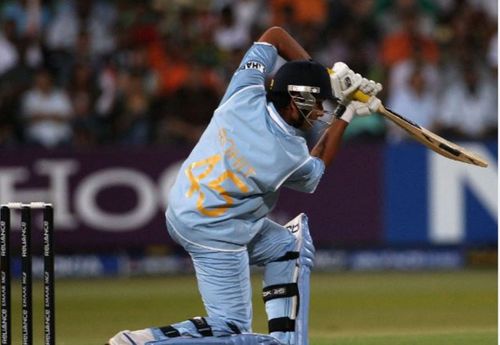
Rohit Sharma began his ODI career as a middle-order batter, playing in all positions from No.3 to 7. It led to the talented batter being mighty inconsistent for the first six years, barring the odd glimpse.
Despite debuting in 2007, it took Rohit until 2010 to score his first ODI century, and he recorded only two three-figure scores until 2012.
It took the struggling batter 43 innings to reach his first 1,000 runs, ranking him outside the top 150 in terms of innings. While there were hopes of transformation when he raced to his final 300 runs in only five innings, Rohit returned to his inconsistent self over the next two to three years.
Following further disappointments at the apparent potential not being transformed into performances, MS Dhoni moved him to the opening spot in the batting order.
His first innings as an opener paid rich dividends, with the elegant batter scoring 83 against England en route to reaching his 2,000th ODI run.
Although it took him till his 82nd innings to achieve the landmark, which ranks outside the top 100, there was a glimmer of hope that batting at the top could help Rohit unleash his full arsenal.
2,000 to 5,000: Switch to opening the batting sparks a remarkable turnaround
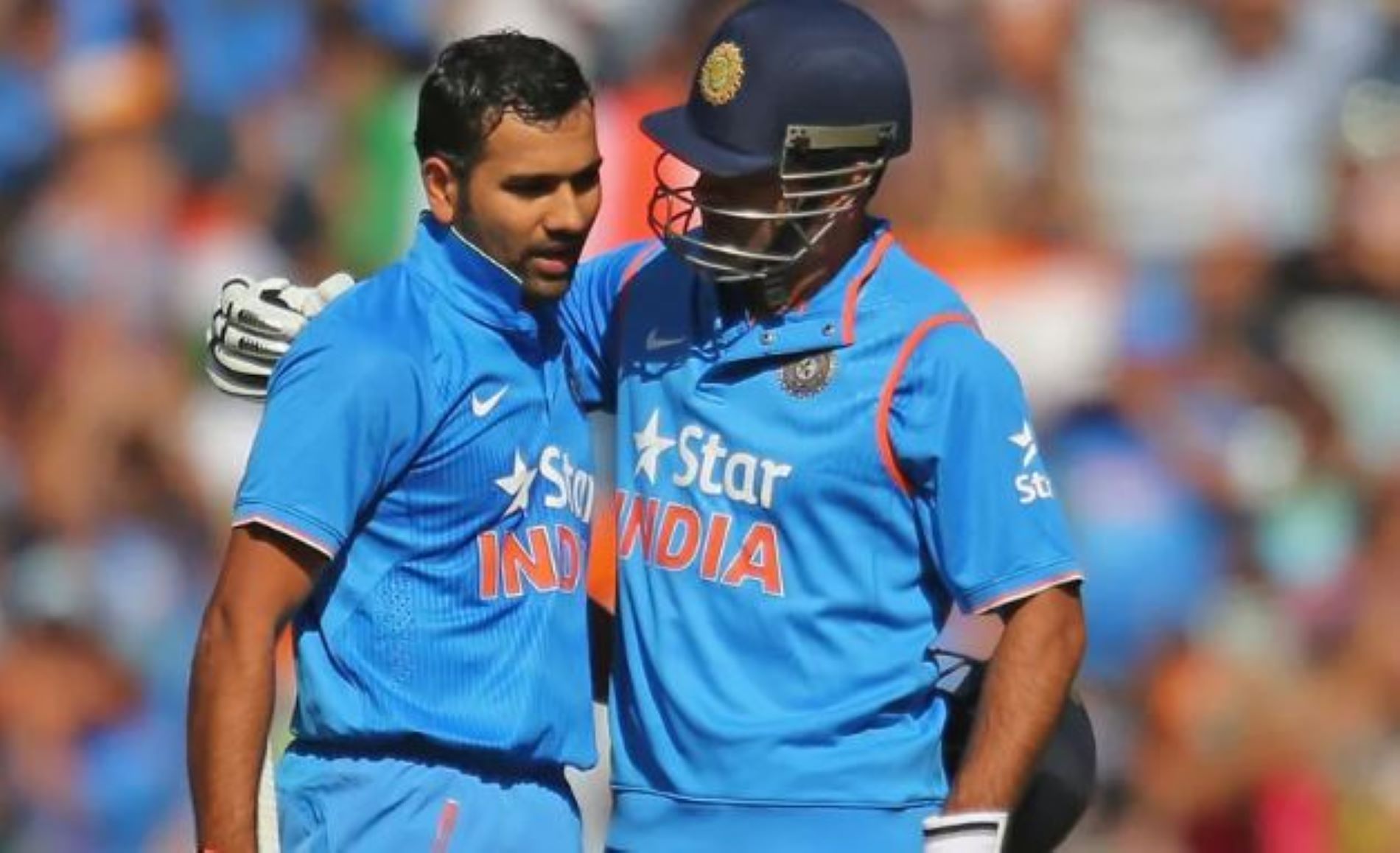
Little did anyone know that the start of 2013 would be the renaissance of Rohit Sharma's ODI career. Following a horrendous 2012, where he averaged a shocking 12.92 at a 66.93 strike rate, Rohit opened the batting for Team India to come out of his dismal form.
That was the tonic Rohit needed as he never looked back since, scoring almost 1,200 runs in 2013 at an average of 52.
After ensuring the hardships of almost six years to reach the 2,000-run mark, Rohit steamrolled through to 3,000 in less than 12 months. It took the star batter 103 innings to arrive at 3,000 ODI runs, which ranks 97th all-time. Rohit achieved the feat with his maiden ODI double-century against Australia in Bengaluru.
However, the admirable number to look at is after taking 82 innings to score his first 2,000 runs, Rohit took another 21 innings only for the subsequent 1,000 runs.
The sudden hike in run-scoring and consistency coincided with him opening the batting. It also benefitted Team India massively as they became winners of the 2013 Champions Trophy with an unbeaten run. A more self-assured and confident Rohit contained his march toward glory as he took 126 innings to scale 4,000 ODI runs and just 23 stints to move from 3,000 to 4,000.
He ranks 61st all-time in terms of innings to reach the 4,000 milestone, achieving it against Ireland in the 2015 World Cup.
The Maharashtra-born batter continued his red-hot form by moving to 4,000 to 5,000 runs in an other-worldly 16 innings. It meant Rohit had reached the 5,000-run mark in 142 innings, which ranks as the 34th fastest all-time. He achieved the milestone in the Australian tour at the start of 2016.
In the phase from 2,000 to 5,000, Rohit cemented himself as one of India's most valuable batters, with an average of over 55 and a strike rate of 90.
5,000 to 9,000: The invincible phase of Rohit Sharma's ODI career
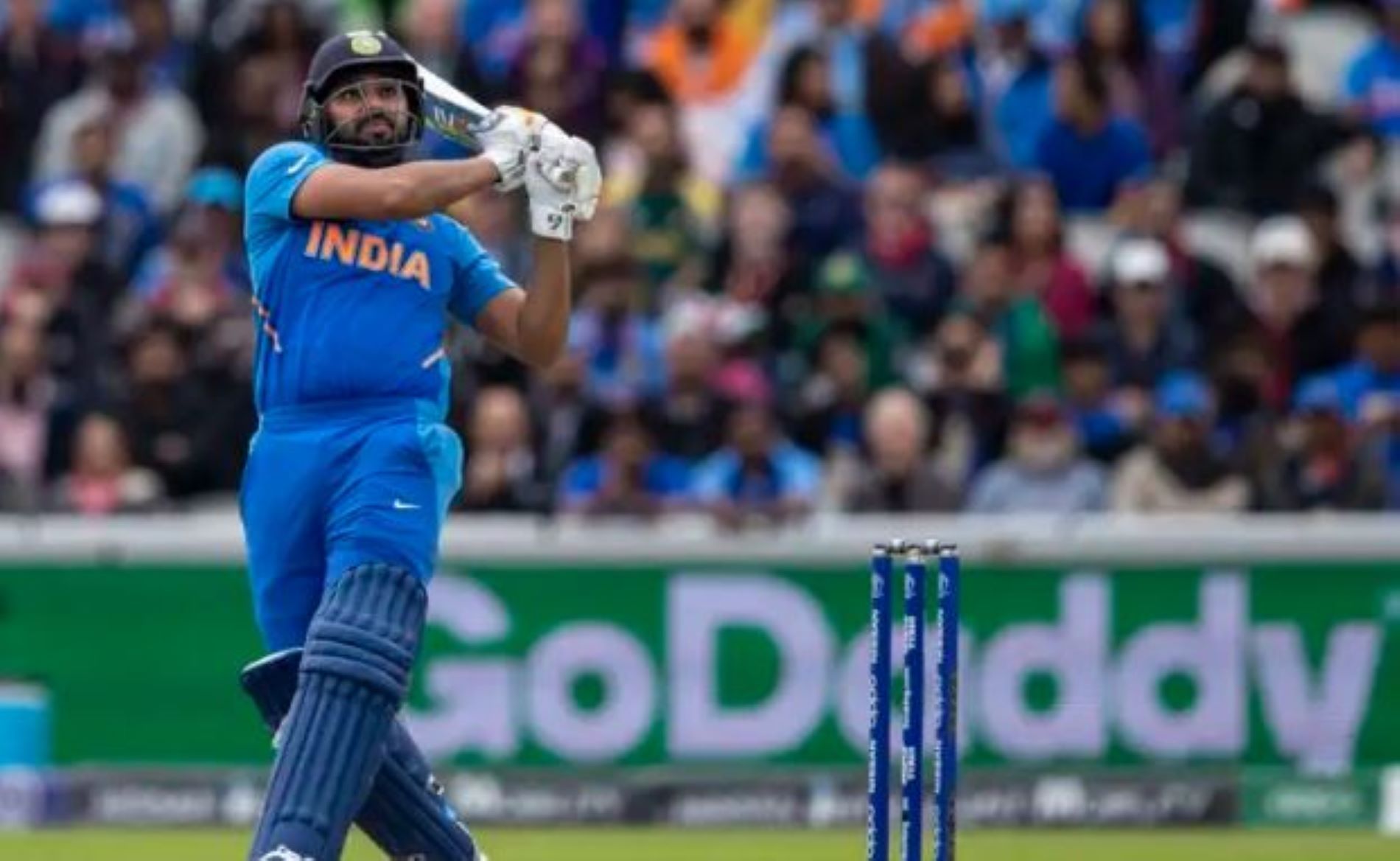
If the phase between 2,000 to 5,000 ODI runs was Rohit Sharma establishing himself as a premier batter, the following period was when he became arguably the best in the world.
An astonishing period saw the current Indian skipper skyrocket from 5,000 to 9,000 ODI runs at an average over 60 at a strike rate well over 90, with almost 20 centuries in the span.
Rohit reached 6,000 ODI runs at home against Australia in late 2017 in 162 overall innings, ranking him 17th all-time. The jump from 5k to 6k took the opener only 20 batting stints.
Things only got bigger and better as the 36-year-old scaled 7,000 in his 181st inning (19th inning from 6,000) against Pakistan in the 2018 Asia Cup. It meant Rohit was the fifth fastest to the landmark, behind only Hashim Amla, Virat Kohli, AB de Villiers, and Sourav Ganguly.
Leading up to the 2019 World Cup, Rohit scaled 8,000 ODI runs in the home series against Australia in his 200th innings, equalling Ganguly for the fourth fastest to the milestone.
However, the next phase has to rank as the best in Rohit's stellar career, as the star batter took just 17 innings to move from 8,000 to 9,000 runs against Australia in early 2020. During that period was his record-setting five centuries in the 2019 World Cup, where he was also the leading scorer with 648 runs.
Rohit became the third fastest to 9,000 ODI runs, reaching the mark in 217 innings, behind only Virat Kohli and AB de Villiers.
From 2017 to 2019, Rohit averaged over 65, including over 70 in 2017 and 2018, with 18 centuries. He also scored a record third double-century during this phase in which his ODI career hit peaks almost unparalleled in cricket history.
9,000 to 10,000: An evolutionary period
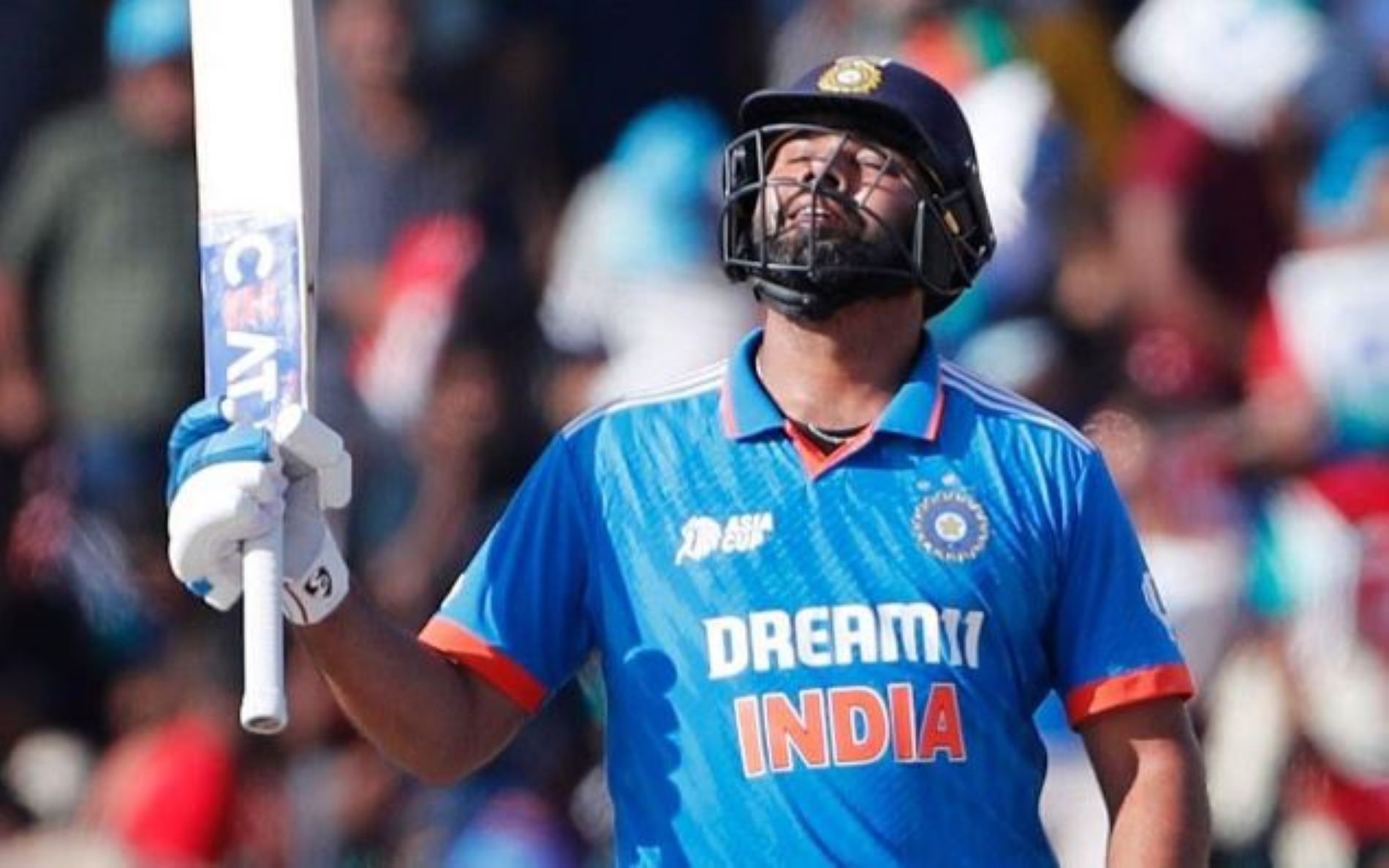
Rohit Sharma's ongoing phase is easily his most intriguing and admirable as the champion batter has willingly modified his approach in the 50-over game despite his incredible numbers and accolades.
Although his average has dropped off during his 9,000 to 10,000-run endeavor, Rohit has remodeled his game to evolve with the changing times of attacking batting from ball one.
Over the last three years since 2021, the 36-year-old has averaged around 46, which is a drop off from his previous few years. However, his strike rate has increased to 106 compared to his career strike rate of 90.
Nevertheless, Rohit took only 24 innings to climb Mount 10,000 from 9,000 and 241 innings overall, ranking him second behind only Kohli for the much-cherished landmark. The incredible achievement moves him to rarified company among some of the game's pantheon greats in ODI cricket.
Rohit Sharma's journey to the top from the doldrums is among the most inspirational stories in cricket history. The Indian captain would now look to enter the sunset of his illustrious career with the elusive World Cup trophy in the upcoming event.